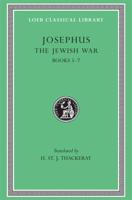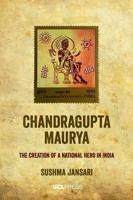Publisher's Synopsis
This is a study of the Bengali Kartabhaja sect and its place in the broader movement of Tantrism, an Indian religious movement employing purposely shocking sexual language and rituals. Urban looks closely at the relationship between the rise of the Kartabhajas, who flourished at the turn of the 19th century, and the changing economic context of colonial Bengal. Made up of the poor lower classes laboring in the marketplaces and factories of Calcutta, the Kartabhajas represent "the underworld of the imperial city." Urban shows that their esoteric poetry and songs are in fact saturated with the language of the marketplace and the bazaar, which becomes for them the key metaphor used to communicate secret knowledge and mystical teachings.











